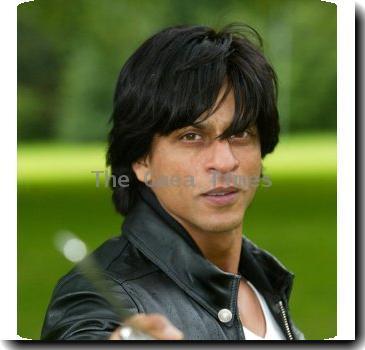I knew India and its clothes inside out: Bhanu Athaiya
By Madhusree Chatterjee, IANSMonday, February 22, 2010
NEW DELHI - The ever elegant Helen swaying to “Oh Haseena” in black and red, Meena Kumari draped in yards of silk exuding sensuality in “Sahib, Bibi Aur Ghulam” and oomph girl Zeenat Aman in a transparent sari under a waterfall. The woman behind all these looks is Bhanu Rajopadhye Athaiya, India’s first Oscar winner, who says she knows “India and its clothes inside out”.
Athaiya, who walked away with an Oscar for “Gandhi”, remembers yesteryears’ screen siren Helen with fondness as she looks back at the many decades of dressing Indian stars.
“Helen was nimble-footed and graceful - almost like a bird taking flight. There was a slight hint of bareness, but it never crossed the limit. Although she played the vamp, she never looked a bad vamp,” Athaiya told IANS.
“Invariably, she would wear fitting bodices to show off her slim waistline and her long limbs would be draped in stockings and her arms were covered with long gloves. I have created several western cabaret costumes for Helen. A Spanish costume for the song, ‘O Haseena Zulfonwali’ was my favourite,” she added.
“Mumtaz looked fantastic in western clothes too, along with Zeenat Aman who had the western look, height and personality. But the look I created for Zeenat in ‘Satyam Shivam Sundaram’ was part of a fantasy costume that the movie necessitated,” said Athaiya, who designed her first dress for Kamini Kaushal in 1951 and more than five decades later is now working for two Marathi films.
The list of the couturier’s celebrities is star-studded - Nargis, Raj Kapoor, Vyjayanthimala, Padmini, Mala Sinha, Guru Dutt, Waheeda Rehman, Meena Kumari, Rekha, Dimple Kapadia, Mandakini, Dharmendra and Sunil Dutt.
“I created almost every look - the village belle, smart secretary, vamp, dancer, fantasy…,” she said.
Athaiya’s book “The Art of Costume Design”, the first in a series of two chronicles about her vocation and life in the Mumbai movie industry spanning 50 years, was released in the capital Saturday. The sequel will be released at year-end.
The Kolhapur-born designer attributes her love for costume designing to the films she watched as a child.
“Every week, we would see Bengali or American (Hollywood) cinema. I loved Greta Garbo’s military style wardrobe in ‘Queen Christina’. Kolhapur - the cradle of Marathi cinema - was like Paris. One could see artists painting on sidewalks,” said the designer, who shot to fame with her fashion illustrations for the magazine Eve’s Weekly in the 1950s.
“I knew India and its clothes inside out. I went on a sketching tour as an art student and even spent 10 months in Paris where I visited all the cabaret joints, including Moulin Rouge,” she said.
“All my clothes are tailored. I experimented with my tailors to create the European wardrobe for ‘Lagaan’ but I made an advanced trip to London to measure the actors and buy accessories such as gloves and hats. Even the cricketers’ clothes were made in India,” she said.
The villagers’ wardrobe for “Lagaan” were created with khadi and handloom textiles, she said. “I did not touch mill cloth”.
The designer, who is in her 80s, works with her producers, directors and the actors.
“That way I can control the colours - I wanted a particular shade of brown for the Ram Leela sequence in Shah Rukh starrer ‘Swades’, I could not have found it in New York, but I found the fabric in Mumbai,” she said.
Athaiya is a meticulous researcher.
“In ‘Gandhi’, I had to recapture 50 years of the man’s life and show his changing personality in context of the changes in the lives and attires of the people living in Bengal, Delhi and Maharashtra. I read a lot, and collected reference from museums.”
Athaiya is currently working on the costumes for two Marathi projects.
(Madhushree Chatterjee can be contacted at madhu.c@ians.in)

